Requiem for a Dream (Flynn&Aronofsky, 2000) explores the theme of addiction in a very powerful way. What particularly stands out in the movie is the way this theme is conveyed through montage. The characters, dialogues and imagery all fit together in transmitting the main message of the movie which is to show the cruel effect of using drugs. There are four main characters in the movie that go through a regressive development. They are the backbones of the movie. These characters are also great tools for creating powerful scenes and meanings. Each one of them faces the disastrous result of using drugs and as the viewer gets attached to the characters, the characters get more attached to drugs.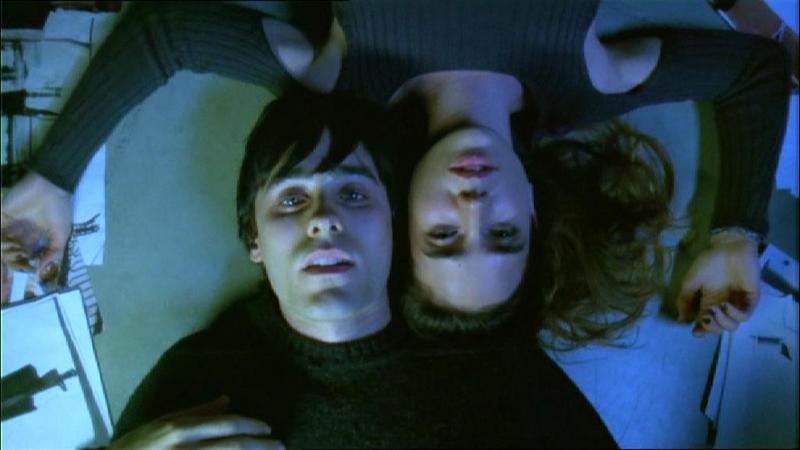
The overall tone of the movie is moody and dark. In fact, the audience senses a downfall as the plot progresses. The characters start facing the outcomes of their addictions and mentally deteriorate. The main problem of the movie which is “drug usage” is visually portrayed through fast paced cuts of the action taking place. This usage of hip-hop montage reflects Aronofsky’s style. The frames which follow each other are rhythmic and detailed.
For example, when one of the characters is going to use drugs we see consecutive close-ups of the whole process in detail.Body cells flowing and their eyeballs dilating…
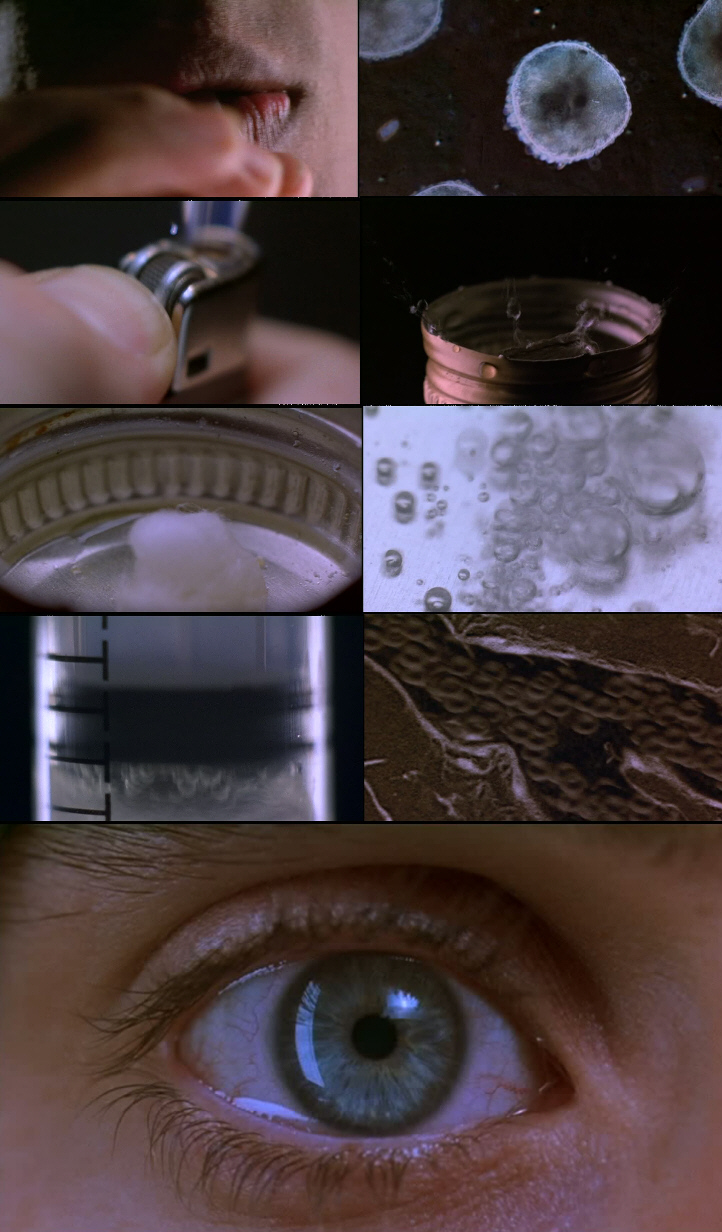 The same technique is used when one character takes pills to lose weight. Even though her main intention is not actually to drug herself, the result of using these pills are as hazardous as using drugs. By using the same montage technique in both actions:
The same technique is used when one character takes pills to lose weight. Even though her main intention is not actually to drug herself, the result of using these pills are as hazardous as using drugs. By using the same montage technique in both actions:
- Heroine usage
- Unhealthy pill usage
the film gives the message that these actions are parallel to each other. With this, the film successfully conveys its message about drug usage. The extreme close-ups also serve to put emphasis on the action and give it further meaning.
“A multitude of close-ups can show us the very instant in which the general is transformed into the particular.”(Balazs, 1970)
The particular imagery in this movie transforms into a general self-destructive act.
The editing in the movie is also impressive in manipulating the length of the scenes. There are many scenes which are fast-forwarded along with an upbeat music. These scenes give the viewer an opportunity to truly analyze what the characters are going through at that exact moment. Each scene also shows how time passes under the effect of drugs.
Lastly, the movie is divided into three seasons: summer, fall and winter. The course of actions and their results are parallel to the seasons giving the movie an intellectual concept of montage.
https://www.youtube.com/watch?v=OBHVMDCoaNA&t=27s
Nihal Gursoy


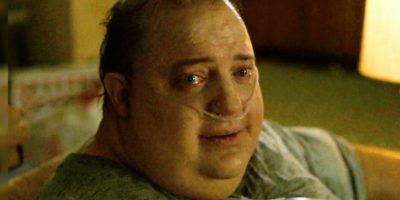






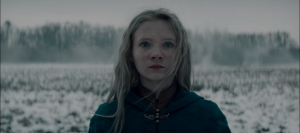


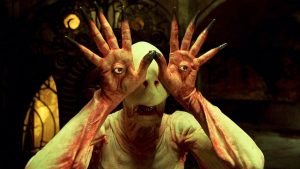

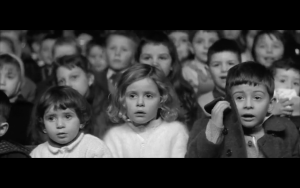
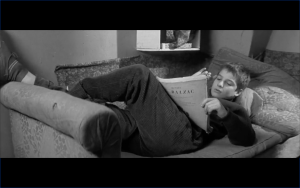
The Vern
The editing in this movie was massive. It’s like each character was in their own separate movie even when shown together. Ellen Burstyn was robbed of her Oscar that year